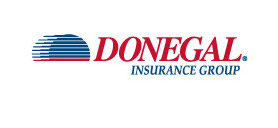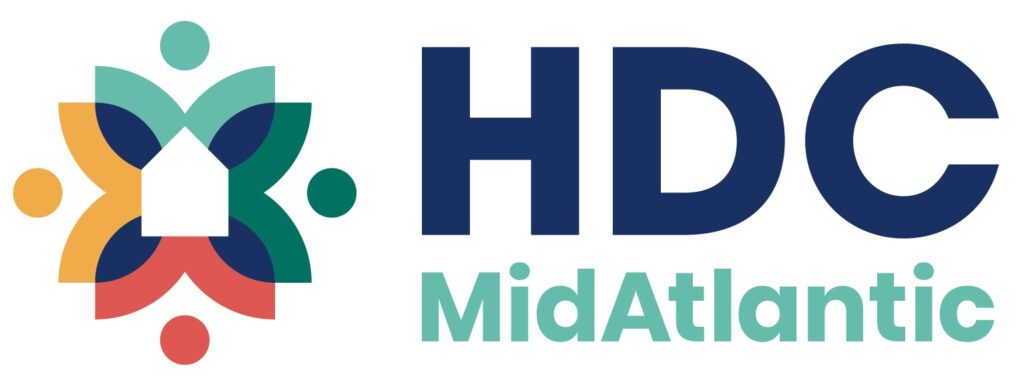Update: On Tuesday, Dec. 10, City Council approved the parks master plan described in this article.
Previously reported:
On Tuesday, Lancaster’s City Council will be asked to sign off on a 10-year master plan for the city’s public parks, plazas and open spaces.
Developed over the past 18 months or so, “Our Parks Lancaster” inventories the city’s public open-air recreational sites and offers recommendations for “targeted improvements.” A draft is available here on the Engage Lancaster website.
Lancaster’s network of parks totals about 212 acres. Roughly one-third of that is encompassed within Long’s Park on Harrisburg Pike in the city’s northwest extension.
Lancaster acquired its park properties “opportunistically,” the plan notes, so they aren’t particularly evenly distributed or optimally located. Many are small, and some neighborhoods, especially the southeast, “are poorly served,” the plan says.
The plan scores each park on seven criteria, ranking them Good, Fair or Poor. Three sites received “Good” ratings: Long’s Park, Musser Park and Ewell Plaza; all but one of the southeast’s parks received “Poor” scores.
Many park programs and activities are provided by the Lancaster Recreation Commission — a somewhat unusual arrangement, Environmental Planner Karl Graybill noted in a presentation to City Council at its committee meeting last week.
A new pool
Among other things, the plan calls for developing a municipal pool at a central location, such as Reservoir Park or the County Prison site next door, which the county has indicated will be available for redevelopment once it builds its new correctional facility. The city is in the process of developing a “small area plan” for the park, prison site and surrounding neighborhood.
The city currently owns one public pool, in Conestoga Pines Park. It is outdated and in a flood plain, and the park is hard to reach without a car; the city’s master plan for the park, which City Council approved this spring, broached the idea of closing it and building a new pool elsewhere.
Many city residents swim at the large public pool in Lancaster County’s Central Park, which is just inside the city’s southern border and is operated by the county’s Parks & Recreation Department. Before moving forward with a new municipal pool, city staff would conduct extensive additional study, Graybill said. It would include a demand analysis and the county pool would certainly factor into that, he said.
Skate parks and spray parks
Other recommendations in the plan include building a skate park and perhaps a “pump track” for bicycles; building pickleball courts and converting wading pools into “spray parks,” which require less maintenance and supervision and can open earlier in the spring and close later in the fall.

The plan calls for improving park signage and information; staffing the park system with paid or volunteer “ambassadors” to assist park patrons and help out on evenings and weekends; and doing more to ensure people can travel to parks easily and safely.
Future projects are prioritized and divided into three tiers. The city will be relying on state and federal grants for much of the funding, so that will affect how quickly things proceed, Public Works Director Stephen Campell said.
Skateboard advocate Rob Reed said he’s afraid it will be years before the plan’s proposals for a skate park are implemented. The idea is listed as a “Tier 2” priority in the plan’s timeline, with implementation targeted for years 2 through 6.
A skate park should be considered an equity and safety priority, he said — it provides an alternative to skating on neighborhood streets, where kids are at risk from vehicle traffic. The city could build a serviceable temporary one right now for just a few thousand dollars, he said.
City Councilwoman Faith Craig asked how the multiple proposals for Reservoir Park relate to each other, expressing concern that one round of renovations might be built, then torn down to make way for a pool. Campbell assured her the city would coordinate all its planning and arrive at a one-and-done final design before proceeding.
Comments by Reed and Planning Commission member Tony Dastra prompted City Councilman John Hursh to ask if adopting the plan could be postponed to allow more public input. The plan does incorporate public input, Graybill and Campbell said, and a delay would add red tape, as City Hall would have to apply to the state Department of Community & Economic Development for an extension of the grant that funded the project.
Adopting the plan will not close off any options, Campbell said. It’s not a detailed road map, but as a document setting out high-level objectives and opportunities for further research and discussion. As its guidance is translated into specific projects, there will be plenty of opportunity for planners and the public alike to revisit its assumptions and bring new ideas to the table.







